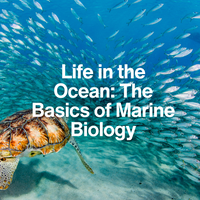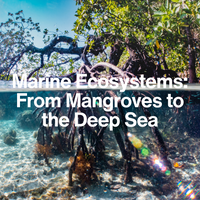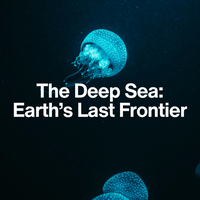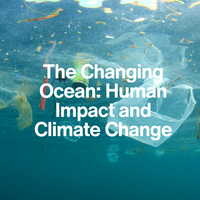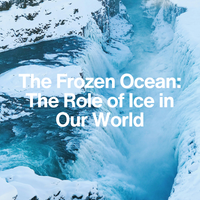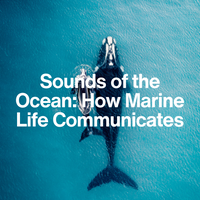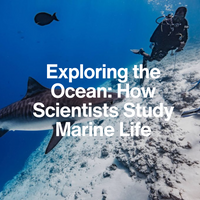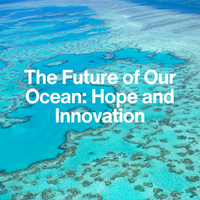LESSON 3
What Are Some Cool New Technologies Helping the Ocean?
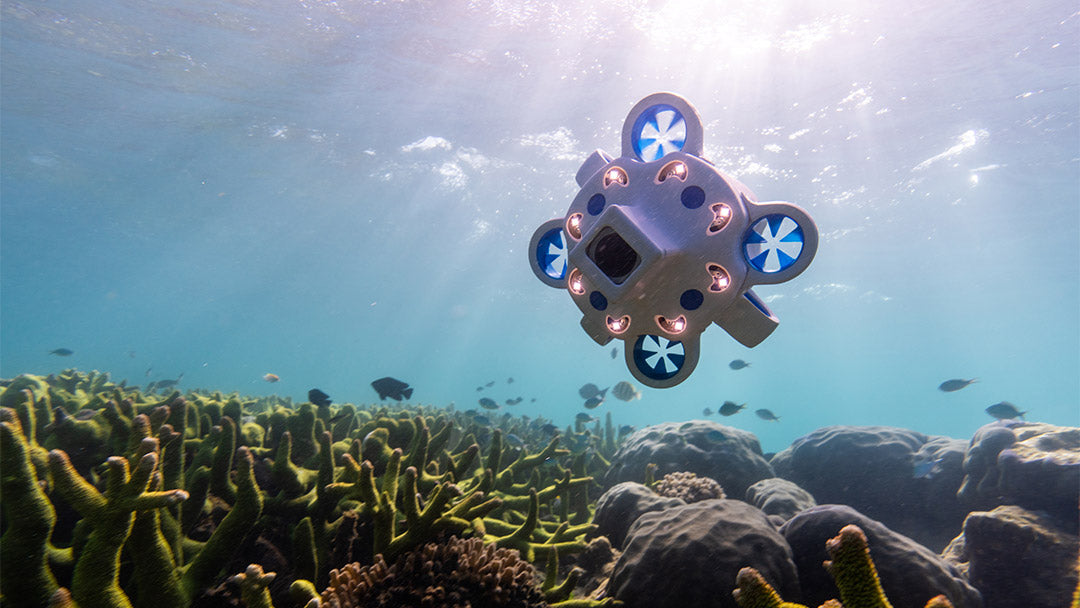
Introduction:
A Blue Tech Revolution
Saving the ocean doesn’t just depend on passion—it also depends on ingenuity. Around the world, engineers, scientists, and startups are developing new technologies to help us better understand, protect, and restore the marine world.
From underwater drones to artificial reefs, AI-powered monitoring, and gene editing tools, innovation is offering new hope for ocean conservation—turning challenges into opportunities.
In this lesson, we’ll explore some of the most exciting and game-changing technologies making waves in ocean science and sustainability.
1. Drones: Eyes Above and Below the Surface
Drones are playing a growing role in marine research and protection—both in the air and underwater.
Did you know?
In Indonesia, drones are helping patrol large marine protected areas, spotting illegal trawlers before they can do damage.
2. AI and Big Data: Listening, Learning, and Detecting
The ocean generates massive amounts of data—from satellite images and acoustic recordings to sensor readings and species surveys. Artificial Intelligence (AI) helps us process and understand it all faster and more accurately than ever before.
AI is being used to:
- Track whale calls and identify different species by sound
- Detect illegal fishing vessels using satellite and radar patterns
- Predict coral bleaching based on temperature and stress data
- Monitor plankton blooms or jellyfish swarms using image recognition
Example: The non-profit Global Fishing Watch uses AI to track global fishing activity from space, promoting transparency and ocean accountability.

Did you know?
Some AI systems can now distinguish between the calls of different individual whales, helping scientists monitor migration and behaviour at scale.
3. Restoration Engineering: Building a Better Seafloor
Technology is also helping us repair marine ecosystems faster and smarter.
Examples of engineering for restoration
These solutions are designed to mimic natural structures while making restoration faster, cheaper, and more resilient to climate stress.
Did you know?
In the Maldives, 3D-printed reef modules are being deployed to rebuild fish habitat and support tourism.
4. Bioengineering and Genetics: A Future Frontier
Marine scientists are beginning to explore biotechnology as a tool for resilience and restoration.
This includes:
- Selective breeding of corals that are more heat-tolerant
- Using gene editing tools (like CRISPR) to potentially boost coral resistance to stress (still in early stages and heavily debated)
- Studying microbiomes—the beneficial bacteria living on corals and seagrass—that might help hosts adapt to changing conditions

There are ethical and ecological questions to consider, but this research could become a critical tool in the fight to preserve marine biodiversity under intense climate pressure.
Fun Fact
Scientists call these efforts “assisted evolution”—helping nature adapt more quickly than it could on its own.
5. Community Tech: Innovation for Everyone
Not all ocean-saving tech is high-budget or high-tech. Around the world, local communities and grassroots groups are using accessible tools to make a difference. When tech is affordable, open-source, and community-driven, it becomes a powerful force for ocean justice and inclusion.
Conclusion
Tools for a Thriving Ocean
Technology won’t save the ocean on its own—but in the hands of dedicated people, it’s making the impossible possible.
Whether it’s detecting illegal fishing from space, printing new reefs, or teaching AI to recognise whale songs, we’re entering a new era of blue innovation. One where science, creativity, and compassion come together to give the ocean its best shot at recovery.
Key Takeaways:
Drones and underwater robots are helping monitor marine life, track threats, and explore the deep sea.
AI and big data allow scientists to analyse complex ocean information quickly, from whale calls to fishing patterns.
Technologies like 3D printing and bio-rock are speeding up coral and habitat restoration.
Community-led tools and bioengineering research are expanding what’s possible in ocean conservation.
NEXT LESSON
How Can We Use the Ocean’s Power for Renewable Energy?
From waves and tides to offshore wind farms and algae biofuels, we’ll explore how the ocean can power a cleaner, greener future—if we do it right.







